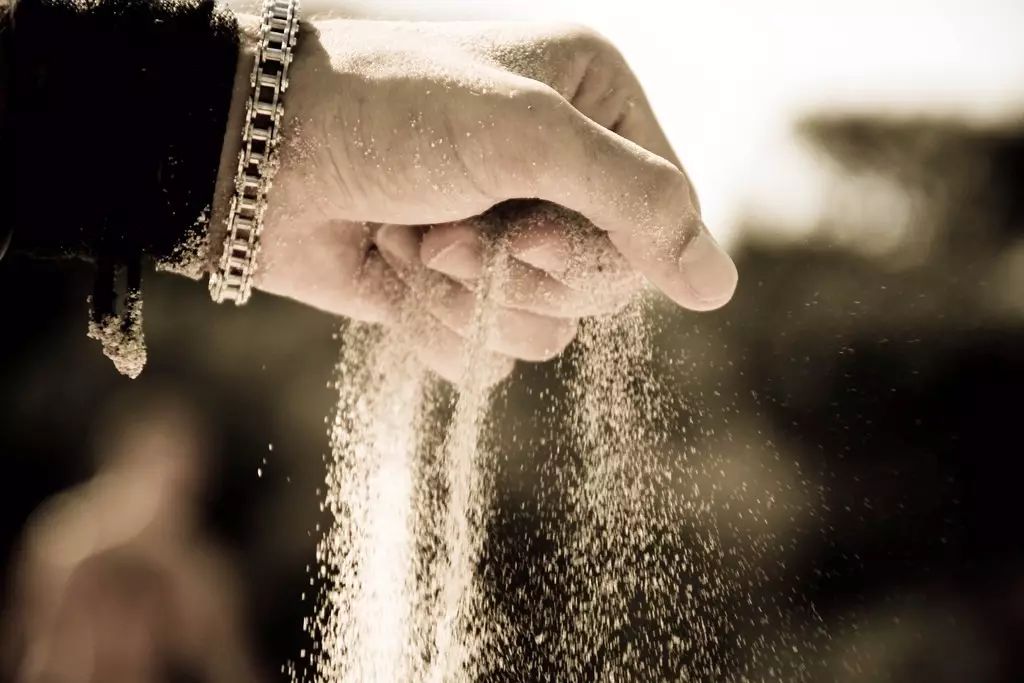
Resources that seem to be ubiquitous but increasingly consumed
Mineral particles with diameters ranging from 0.0625 mm to 2 mm are called sand. Unlike snow, few people have never seen sand. There is sand by the river, sand by the sea, sand everywhere in the endless desert, and it seems to have no special value.
but if you think about it, you can see that we use a lot of sand every day: mixing concrete, building new beaches, reclaiming land, making glass, making chips, and various other uses. According to the statistics of the United Nations Environment Programme, human beings consume at least 40 billion tons of sand a year, making it the largest natural resource consumed besides water. In fact, based on the amount of cement produced, it is estimated that the production of concrete alone will consume at least 26 billion tons of sand. More than half of this is consumed in China, and there is an exponential upward trend.
different uses require different sand. The sand size required by the golf course is relatively thick, and it should not be too round and smooth, otherwise the ball will easily get stuck in the sand. Beach volleyball needs finer and more uniform sand to prevent injuries and collapses. High purity silicon dioxide is needed to make chips. As for the largest amount of construction sand, it can not be used everywhere. Although there is a lot of sand in the desert, due to complete weathering, the sand in the desert is small and smooth and not strong enough for concrete-so even the desert city of Dubai needs to import a lot of sand to build high-rise buildings. The sand for construction mainly comes from inland quarries, such as rivers and lakes. Because the sea sand contains salt, additional cleaning steps are needed before it is used to make concrete, otherwise the salt will corrode the cement and weaken the building structure. But when the inland quarry is gradually consumed, people have to start collecting sea sand. Excessive sand mining can greatly affect the local ecosystem, and this seemingly mediocre behavior has even completely wiped out dozens of small islands in Malaysia.
in the short time scale of human history, no sand can be generated again. Skyscrapers in the city are springing up one after another, and these solidified fingers are not sand castles for children on the beach, so it is difficult to break them back to their original appearance. In the end, when we have only unusable smooth sand, it will be humans themselves who will be forced to wrestle with each other at the same time.
Solidification time
can never go back to the past
Great things happen in our beautiful junior prom dresses. There simply is no better place to purchase a dress than Adoringdress.com.
like interfinger sand
Cite: https://na.unep.net/geas/archive/pdfs/GEAS_Mar2014_Sand_Mining.pdf
PS: in fact, the concrete after the demolition of the building can be crushed and recycled. However, because the cement has been attached, the strength and water absorption are different from those of sand and gravel. This kind of concrete is generally used on roadbed and road surface. If you want to use it as a building material, you can mix it in stone in a certain proportion, but the ratio cannot exceed 35%.
this article is reproduced from "TodayILearned Comics". If you like, scan the code and follow the author ↓
cool scientific PS: when it comes to the college entrance examination again, if you want to review the memories of the college entrance examination, you can reply the keyword "college entrance examination" to obtain the whole family bucket _ (: college entrance examination "∠) _